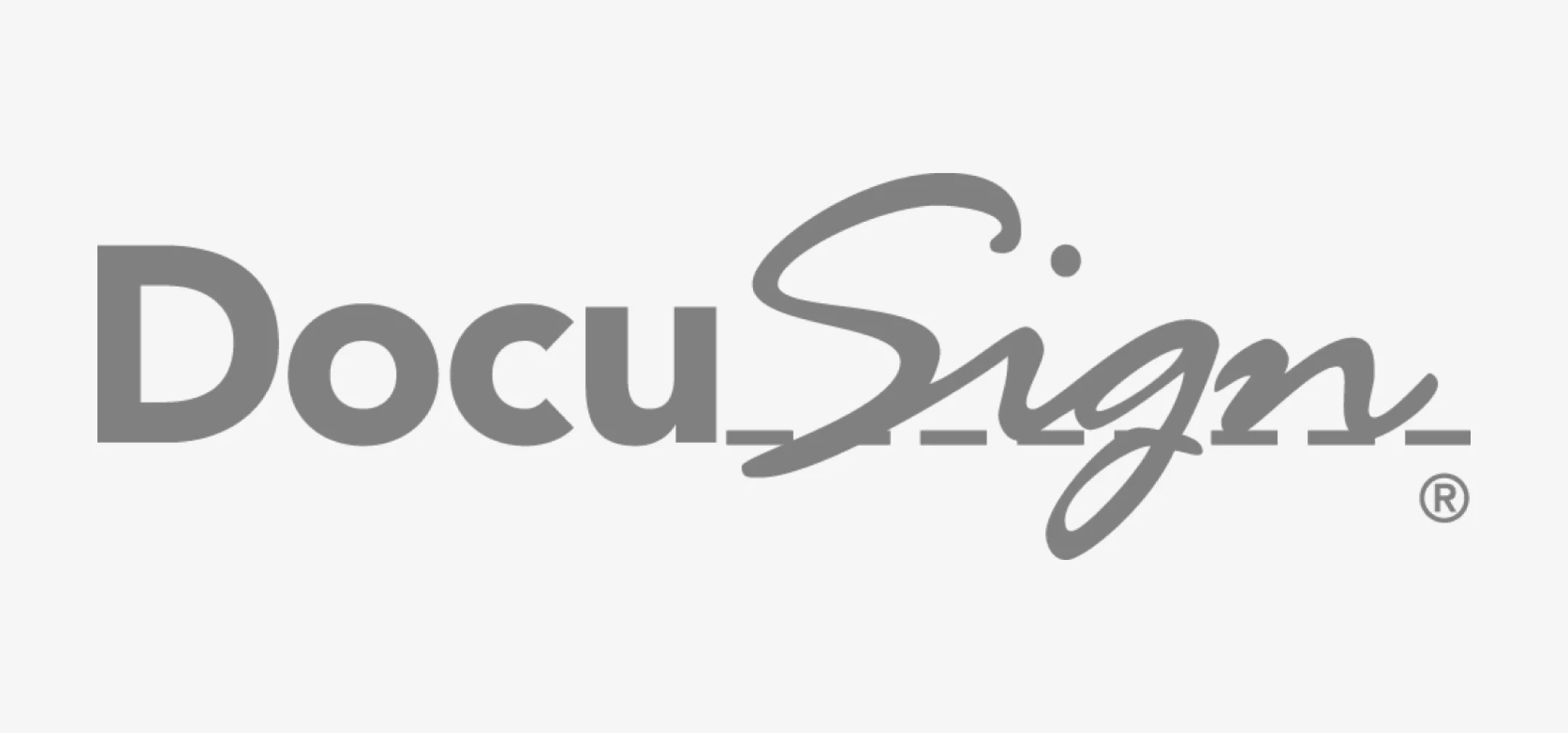In case you think I’m referring to phone numbers, one ultimate number you should know after moving to London is 999! Americans can equate this with 911, the shortcut number for accessing emergency services. Contact us to learn more about rental flats in london

But what I really meant was ID numbers, so carrying on…
MOVING TO LONDON MEANS A NEW NATIONAL IDENTITY
Relocating to the UK often requires feeling out a new identity, be it professionally, personally, or culturally. And let’s not forget the numerical identities we’re assigned once on UK soil and in the local databases. There’s a plethora of ID numbers involved no matter where you live, and on moving to London, your UK visa and work permit numbers will be among them—and you’ll get to know your passport number really well after all those international flights you’ll be taking for business and/or pleasure (mine is now committed to memory for sure).
But let’s take a look at a few other numbers you’ll need fairly regularly after moving to London—none that have to be memorized, of course, but just kept on hand in your files.
GOVERNMENT-ASSIGNED ID ON MOVING TO LONDON
Let’s start with a few official ID numbers that will be assigned to you by assorted UK government bodies.
National Insurance – Your National Insurance Number (aka NINO) is your social security ID. NI contributions vary depending on your earnings and employment status (i.e., employed or self-employed) and go toward your entitlement to government benefits like state pension. This number is comprised of six digits with a two-letter prefix and one-letter suffix (e.g., QQ 12 34 56 A), and you’ll need it for tax and employment documentation.
Now, in my personal case, as we were moving to London for my husband’s job and HR sorted out everything primarily on his behalf, he was automatically assigned his NINO and received a plastic ID card for it. I received nothing and didn’t realize it until I started work and a temporary NINO appeared on my P60 form (an “end of year” certificate issued by your employer at the end of the tax year). These “TN” numbers for temporary use no longer exist, and, in any case, if you had one or never get assigned a NINO at all, you’ll need to phone Jobcentre Plus at +44 (0)845 600 0643. This is a particular word-to-the-wise for accompanying spouses and partners who tend to get lost in the relocation shuffle. Lucky us.
Tax reference – Going along with your tax contributions, you’ll need to use your tax reference number on relevant documentation. This number should appear on any tax/benefits-related documents issued to you by HMRC (Her Majesty’s Revenue & Customs). A tax reference number typically looks like 123/A4567.
National Health Service – Finally, when you first register with a general physician (GP) after moving to London, you’ll receive a paper card from the National Health Service (NHS) documenting your official NHS number. This number is comprised of 10 digits in 3-3-4 format, so will look something like 123 456 7891. You’ll need to use this number whenever visiting a doctor or NHS walk-in clinic so they can access your health records.
PERSONAL BANKING ID FOR NEW UK ACCOUNTS
No different than in your home country, a new UK bank account will come with a new account number and sort code identifying your bank’s specific branch (these are the numbers that always appear at the bottom of your checks, the sort code being the six-digit number at the left).
But when it comes to making bank transfers, there are other numbers involved that Americans moving to London, in particular, might be unfamiliar with when it comes time to pay down the deposit and first month’s rent on that fabulous new London apartment:
IBAN – The International Bank Account Number (IBAN) follows an international standard format that expands on your UK bank account number for transferring money internationally versus domestically. Your IBAN number will appear on your bank statements, likely near your name. If you have trouble locating it, however, call your local branch or consult its website. Barclays Bank, for example, allows you to generate your IBAN online.
SWIFT/BIC – SWIFT stands for the Society of Worldwide Interbank Financial Telecommunication, which is in charge of registering SWIFT/BIC codes. And, just as the IBAN is an international form of your personal bank account, the BIC (Bank Identifier Code) is an international standard ID for your UK bank itself. Again, your SWIFT code will be found on your bank accounts along with your IBAN—using Barclays once more for the sake of illustration; its SWIFT code is BARCGB22.
PIN – Everyone who possesses a debit card knows what a PIN (Personal Identification Number) is—the four-digit number you must enter at the ATM or point-of-service card readers. But, again, for those Americans out there who are moving to London with their US swipe cards, what you might not expect is having to use a PIN for your credit card.
A lot of countries outside the US use “smart chip” technology by which the magnetic stripe is foregone for a data chip instead. Rather than swipe, you insert the chip-end of the debit or credit card into the reader and enter your PIN. The benefit is added security—whereas swipe cards are more susceptible to cloning and signature forgery, the credit card PIN adds that extra layer of protection. Moving to London can make you feel vulnerable enough; you don’t need credit card fraud to compound the issues.
NUMBED BY THE NUMBERS?
Perhaps it’s a lot to take in, but it’s nothing that you deal with all at once or every day. Just take these numbers as they come on an as-needed basis, and feel assured that at least now you know what they are and when you can expect to use them. Moving to London inevitably means lots and lots of lovely new documentation, so make sure to hold on to everything and keep it well-organized for when the time comes.












0 Comments